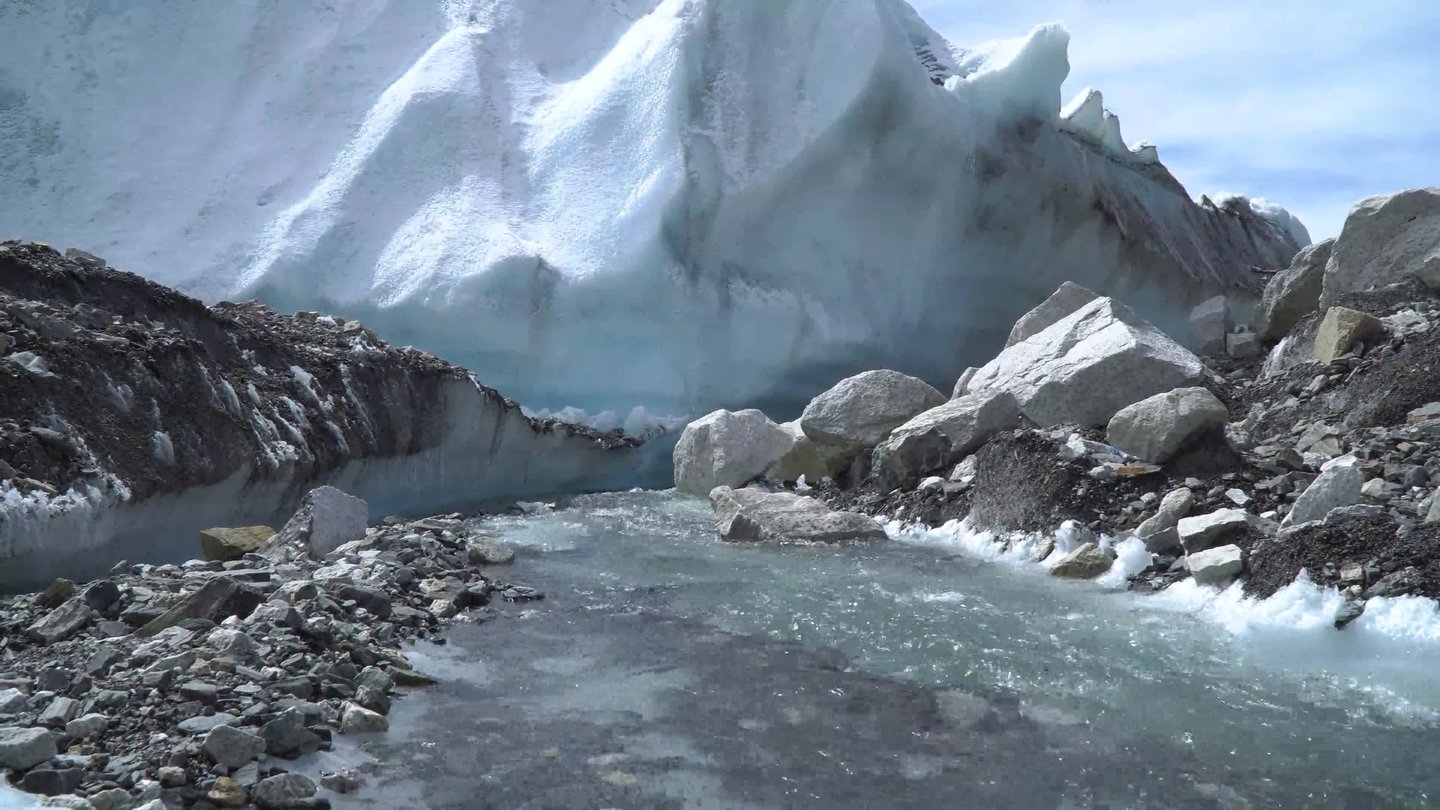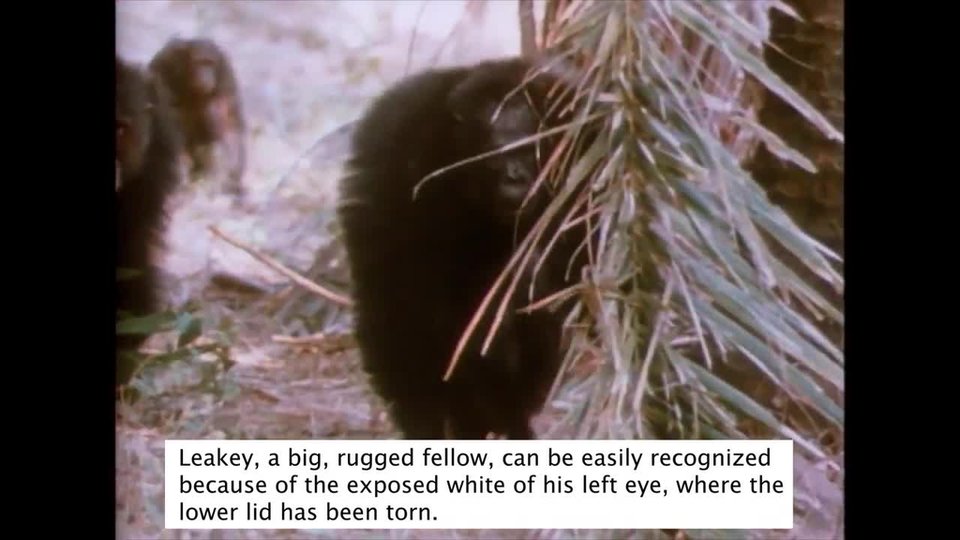GettingStarted
Isteppedofftheplaneandsawthem!Thehigh,snow‑coveredmountainsoftheHimalaya.WehadflownintothevillageofLuklainNepal.Iwouldn’tseeMountEverestuntilthenextday.WhenIdid,Ihadtolookuptothesky.ThatiswhereI’dseethe summit.
IwaspartofanexpeditiontoMountEverest.Iwasherebecauseourplanetischanging.Rightnow,we’reseeingdramaticclimatechanges.Wedon’tfullyunderstandthem.Especiallyinextremeplaceslikehighmountains.Wedon’thavealotofdataforsuch places.
Here,theglaciersprovidewatertomillionsofpeople.TheyalsofeedriversthatflowtopartsofAsiawherebillionsofpeoplelive.Warmertemperaturesarecausingtheglacierstomelttooquickly.Wewanttoknowmoreaboutthis.So,wecollectedsamplesofice,snow,rocks,andwater.Wealsosetupweatherstationsalongthe way.
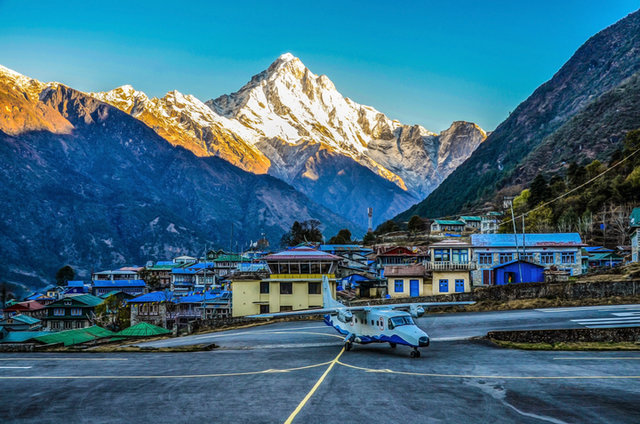
TheLuklaairportishighinthe Himalaya.
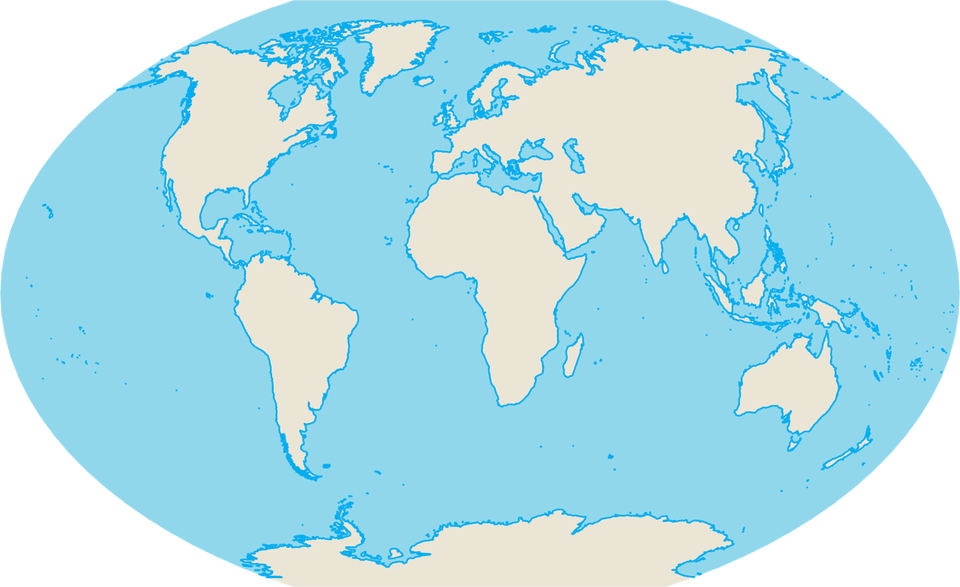

NORTH
AMERICA
PACIFIC
OCEAN
ATLANTIC
OCEAN
INDIAN
OCEAN
EUROPE
ASIA
AFRICA
SOUTH
AMERICA
ANTARCTICA
AUSTRALIA
China
Nepal
India
Mount
Everest
meltwaterneartheKhumbu Glacier
ExpeditionWork
Beforewecollectedsamplesordata,weneededtotestourequipmentintheextremeweather.WealsoneededtoworkwithourSherpaclimbingteam,thekeytooursuccess.SherpasareTibetanpeoplelivingintheHimalaya.Theyareknownforhelping climbers.
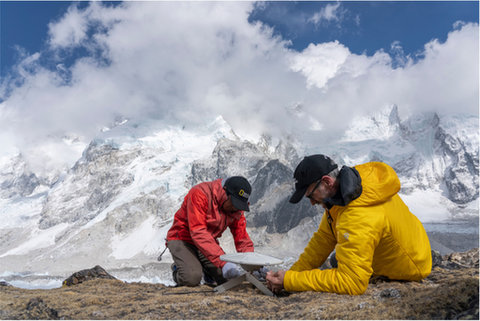
ThebasecampmanagerandIsetupasurveystationfor3-D mapping.
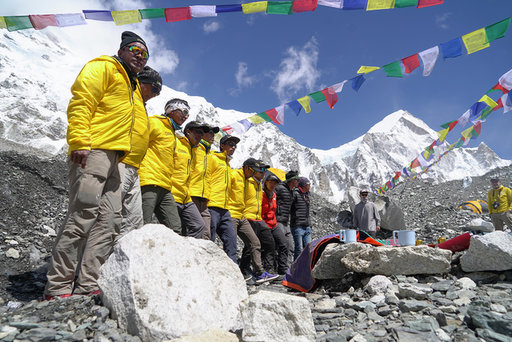
Sherpateammembersattendedaceremonyforthesafetyofourteambeforea climb.
Cramponsonbootsandiceaxeshelpwiththe climbing.
Totravelthroughthesteepsnowandiceslopes,weneededspecialiceclimbingequipment.Crampons,ormetalspikes,stickoutthebottomandfrontofourboots.Theyhelpyourfootingonslipperyiceslopes.Ice axeshelp,too.You swingtheaxeintotheiceandpullyourselfup!OurrouteupEverestputourskillstothe test.
Eachmemberoftheteamlearnedtousetheiceclimbing tools.
